QuestionQUESTION: Two days ago, I bought a cairn terrier. So far, he's been pretty good, but I wanted to ask a few questions.
He's only 10 weeks old as well. I'm taught Echo how to sit, stay, come, and down, but he gets confused with sit and down. Sometimes when I say sit he goes down, and the other way around sometimes. How can I get rid of this?
One other thing: Whenever echo gets excited he tends to nip my toes. It doesn't hurt or anything, but I just want to stop it for the future.
Another thing: Echo loves to chew on plastic and paper. How do I stop this? And, whenever I try to put the collar on him and then take him for a walk, he always bites the leash. Usually I just take him back and put him in his cage thingy.
Thanks~!!!
ANSWER: Sounds like for 10 weeks he is doing great! On sit and down, I would work on them separately until you are close to 100% accuracy on each one. I tend to not even name the behavior until the dog is really sure what I am looking for. When you have both behaviors really solid, there won't be that confusion. At this point, he's trying very hard, but doesn't quite know what the words mean. I would also make my body look very different when I'm asking for a sit than a down, and make sure any signals you use are not confusing
When Echo nips your toes, you can work on lowering his level of excitement. Slow movement down, ask for some of the behaviors he knows (nippy dogs aren't thinking, thinking dogs aren't nippy)
I'd trade him paper and plastic for really good toys - like a stuffed Kong, so he knows what is "his" to chew on.
You may need to work a little harder to get Echo to understand the leash. Most dogs naturally don't like restraint, and don't like things that fit on their neck and apply pressure (would you?)You might consider a harness instead of a collar to attach the leash to. I'd allow him to drag the leash (supervised, of course) and occasionally reach down, apply a gentle steady pressure and give a treat. My preference is to teach the dog to walk with me off leash (easy with a puppy as they love to follow) in a safe place. If he can be with you off leash, you don't need your leash as any more than a safety measure. It should be loose at all times, but if he accidently makes it taut, we want him to be able to know how to move into it. If he decides to play "tug" with the leash, and you don't like that, the best thing is to give him slack and turn away. If you try to pull it back from him, or fool with him to get it out of his mouth, that becomes a very rewarding game. Sandy Case MEd CDPT www.positivelycanine.com
---------- FOLLOW-UP ----------
QUESTION: Thanks a lot for those answers..
i forgot to tell you i'm using a harness already, not a collar. sorry!
ANSWER: Good deal. I think harnesses are useful in decreasing the degree of stimulation.
---------- FOLLOW-UP ----------
QUESTION: ok thanks.
one more question:
when I try to brush my dog, he always turns around and tries to bite the brush. Why does he does this? And how do i fix it?
AnswerProbably because he A) wants to play with it or B) is worried about it. I'd start out by using a soft brush - not a pin brush or slicker. Feed him off the brush. Let him examine it. Then make a single stroke and give him a treat. Then two strokes, etc. I'd work very hard at making handling a pleasant experience by not restraining him (freaks many dogs out) and by not grooming until you've reached the end of his patience. Try to stop when he's still relaxed. There's no hurry. Take your time getting him used to it. You'll progress more quickly than if it becomes a battle of wills. Slow is smooth, and smooth is fast. Sandy Case MEd CPDT www.positivelycanine.com

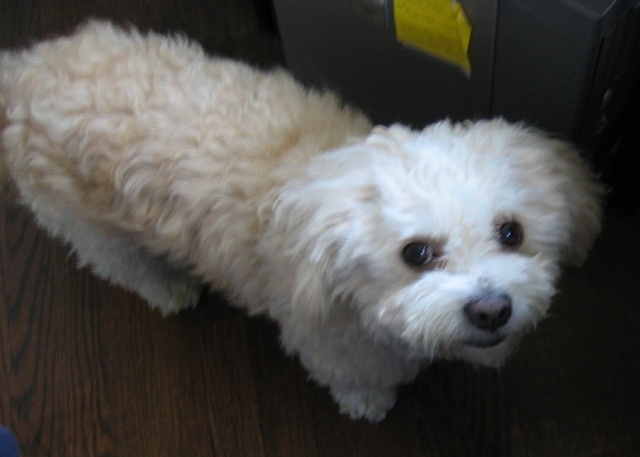 male dog marking while on walks
Question
My dog
I have a 3 year old male dog (probably
male dog marking while on walks
Question
My dog
I have a 3 year old male dog (probably
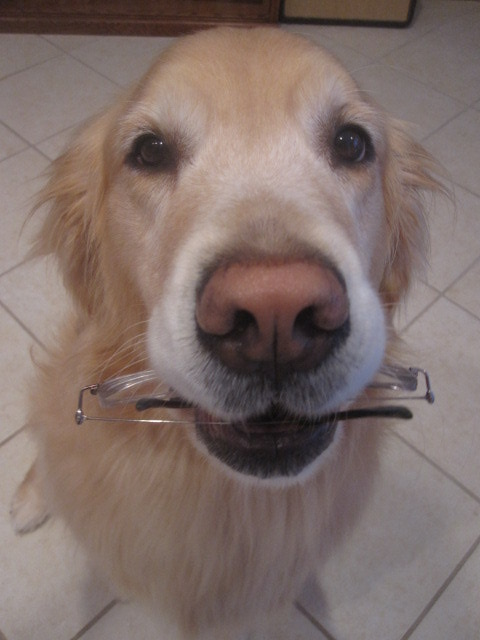 question about beagle puppy
QuestionHello, I have recently acquired a beagle puppy.
question about beagle puppy
QuestionHello, I have recently acquired a beagle puppy.
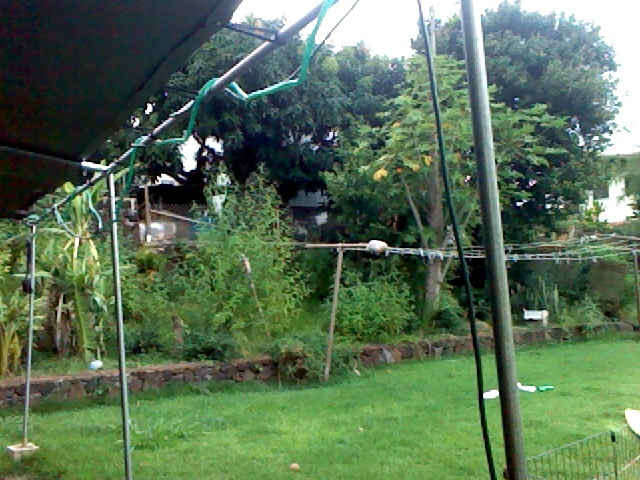 Designating bathroom area
Question
backyard
I have 2 medium mutts that are both b
Designating bathroom area
Question
backyard
I have 2 medium mutts that are both b
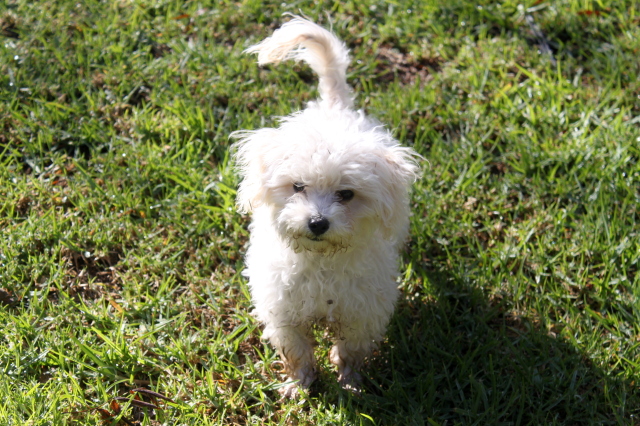 Young Moodle Trouble
Question
Moodle, male, 10 - 11
I have a two question.
Young Moodle Trouble
Question
Moodle, male, 10 - 11
I have a two question.
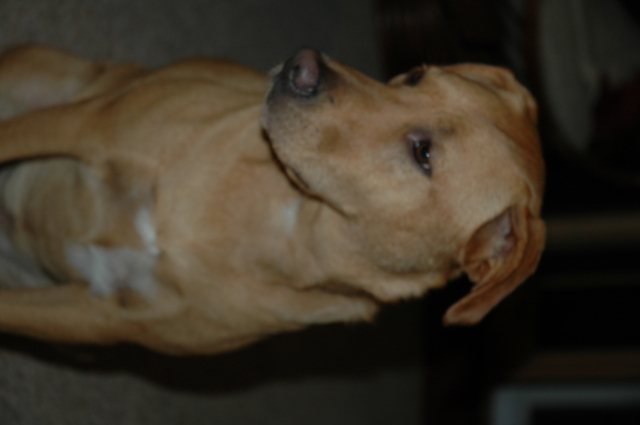 dog distraction/deer carcass
Question
ginger
Our dog is a mutt mostly Rhodesian Ridg
dog distraction/deer carcass
Question
ginger
Our dog is a mutt mostly Rhodesian Ridg